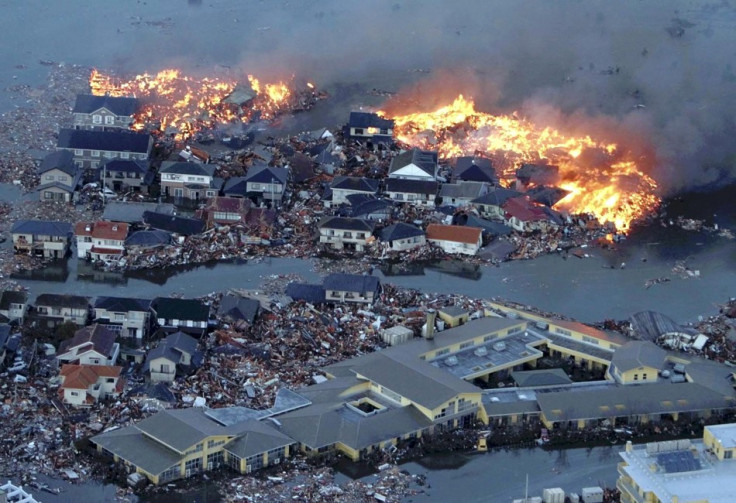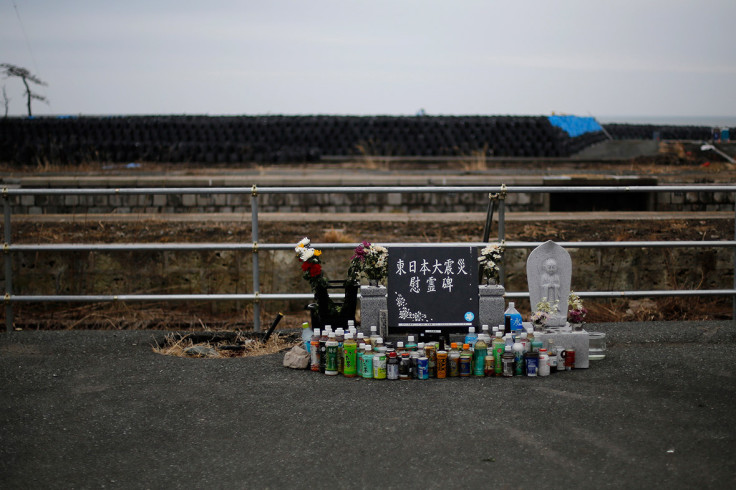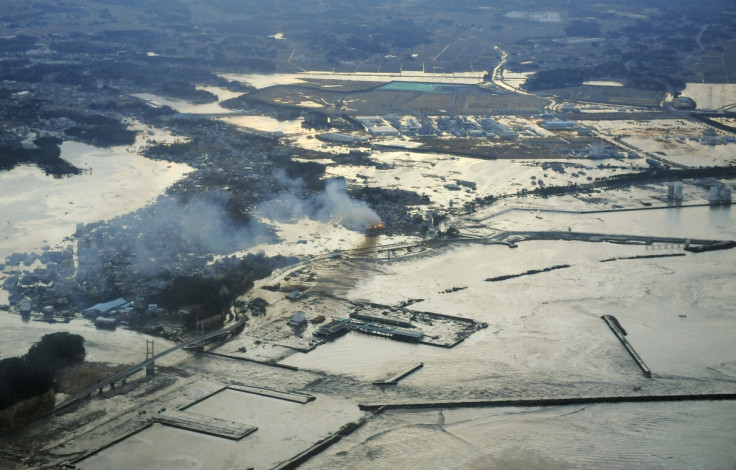Facts on Japan earthquake, tsunami and Fukushima nuclear disaster that killed 15,800
The Tōhoku earthquake caused a massive tsunami and one of the worst nuclear disasters in history.

On 11 March, 2011, a megathrust earthquake struck off the coast of Japan. The Tōhoku earthquake produced a massive tsunami that devastated parts of Japan, killing over 15,000 and causing one of the worst nuclear disasters in history.
The impacts can still be seen. A 20km exclusion zone remains around the site of the Fukushima Daiichi plant, and thousands of people still live in temporary accommodation. Here are the facts about the 2011 earthquake and tsunami in Japan:
Megathrust earthquake
A 9.0 magnitude earthquake struck at 2.46pm about 70km east of Tohoku at an offshore subduction zone – where two tectonic plates collide and one slides beneath the other. It was centred on the seafloor at a depth of 24km. This was the fourth largest earthquake on record and the largest to ever hit Japan and released energy equivalent to 8,000 Hiroshima atom bombs. Shaking from the earthquake continued for around five minutes.
Tsunami

The energy released by the earthquake produced a huge tsunami, with waves up to 30ft beginning to hit the coast within about an hour. The Japan Meteorological Agency issued its most serious warning, but coastal areas were soon being flooded, with buildings collapsing and cars being swept away. In Sendai, around 100 designated tsunami evacuation sites were hit by the wave generated.
Death toll

The tsunami was the cause of the majority of the loss of life that resulted from the disaster. Entire towns were destroyed. Just three days after the earthquake, 1,000 bodies had been recovered in the town of Minamisanriku alone. The eventual death toll was over 15,800, with a further 2,500 missing.
Aftershocks and Earth impact
In the year following, Japan was hit by over 5,000 aftershocks. The earthquake was so powerful it shifted Earth on its axis of rotation. It caused the coastline of Honshu, in northern Japan, to drop by two feet, and moved the main island of Honshu east by eight feet.
Nuclear meltdown

The Fukushima Daiichi power plant was inundated by the tsunami. It had not been built to withstand such high waves and this resulted in a cooling system failure, followed by a nuclear reactor meltdown and the release of radioactive materials. In December 2011, Tokyo Electric Power Company (Tepco) said 45 metric tons of radioactive water had been released into the ocean.
Cost
The cost of the earthquake and tsunami is still ongoing to some extent. It is believed to have been the most expensive disaster in history, so far amounting to an estimated $300bn (£212bn). Further to this, 45,700 buildings and 230,000 vehicles were destroyed.
© Copyright IBTimes 2025. All rights reserved.






















